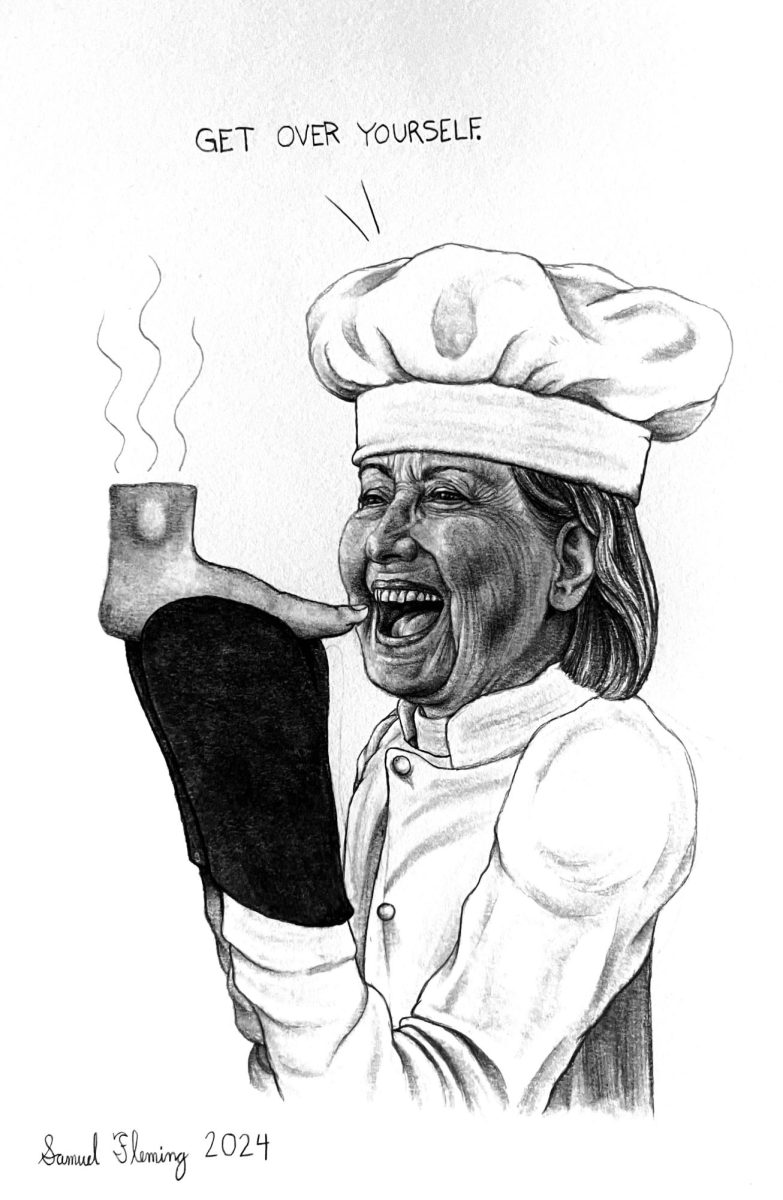This year, President Trump awarded the Presidential Medal of Freedom to Art Laffer, a former economic adviser to Ronald Reagan, for what is widely known as the Laffer curve.
The Laffer curve posits that there’s a tax rate between 0 and 100 percent where government revenue is maximized. Therein begins every economist’s separate pursuit for that ideal rate. Imagine a plot with tax rate on the x-axis, and government revenue on the y-axis. Using the Laffer curve’s logic historically means pushing down tax rates in order to get higher government revenue — i.e., lower taxes means more tax collected. In practice, lower taxes means less tax collected, which directly contradicts Laffer’s promise.
Laffer pitched it to the Ford administration in 1974 and was rejected. But in 1981, the Reagan administration took it and ran. Thus began multiple Laffer curve case studies, most immediately the massive tax cuts from Reagan’s Economic Recovery Tax Act of 1981, and not long after, Reagan’s request for a third of the lost revenue back.
The point is that the Laffer curve is used to justify that tax cuts will increase tax revenue. If that doesn’t sound right, you’re probably on the right track. But when the Laffer curve enters the political arena as a campaigning point, enough smoke and mirrors can confuse the voter.
My favorite example is from former Wisconsin Gov. Scott Walker, or Scottdog, as I call him when we hit the bars. Walker gave a speech in his home state and explained the Laffer curve in the context of the discount retailer Kohl’s. He compared the curve to Kohl’s discount scheme, meaning if you slash prices, more people will buy. Therefore, the store will generate more revenue by selling more slashed-priced articles than if they priced them regularly.
But that’s just unrelated. It’s not even the main basis for Kohl’s. Kohl’s keeps prices down by leasing cheap buildings on cheap land, laying out the store properly, advertising to the right demographics and other low-cost retail strategies. Also, Kohl’s is a clothing store here to make a profit. The government and taxes are, theoretically, here to serve the people. These aren’t the same.
As you can see, the Laffer curve has quickly evolved from an economic postulate to a political ideology. President Trump’s award to Art Laffer is not just a commendation for contributions to tax theory, but a signal that this contentious idea is entirely valid and a pillar of American progress.
Tax cuts justified by the Laffer curve had thrown the state of Kansas into $1 billion of debt and lost $600 million in revenue in 2012 when then Gov. Sam Brownback dramatically cut taxes. It was called the “Kansas Experiment.” The state stalled. Job creation, school operation, labor force participation and economic output all plunged. Then, Brownback was barely re-elected against a Democrat, and Kansas did it again in 2017.
The Laffer curve is an emperor’s new clothes of supply-side economics. We can see how the theory fits into the Trump administration and why Laffer would earn a Medal of Freedom. Tax implications as explained by the Laffer curve diverge with reality in such a cosmic way that further validation can and will hurt working people, like in Kansas. And our politicians reward it though there has been not actually been evidence to support that tax cuts to the wealthy increases revenue, instead only evidence to the contrary. Even David Stockman, a Reagan budget director, agrees.
Is this suspension of disbelief? Is tax theory a Gabriel García Márquez novel? Is everything just a blood feud between the liberals and conservatives?
I hope not. But ultimately, the Laffer curve is a political masquerade of cutting taxes, often for the rich and corporate, promising fictitious results and ending up totally absent once consequences hurt real taxpayers. The first step to accountability is awareness.
Clarification: Due to an error in editing, a previous version of this column misrepresented the columnist’s joke. The joke reads “My favorite example is from former Wisconsin Gov. Scott Walker, or Scottdog, as I call him when we hit the bars.”




















